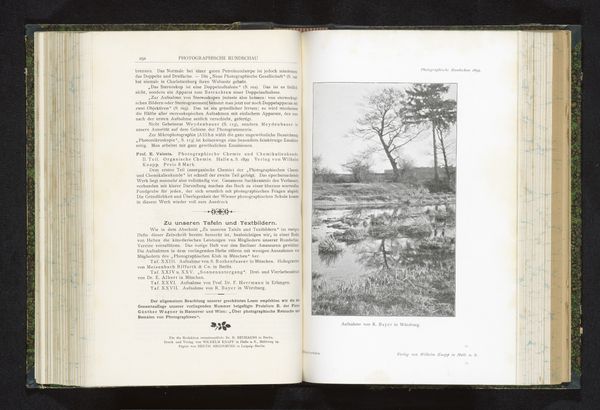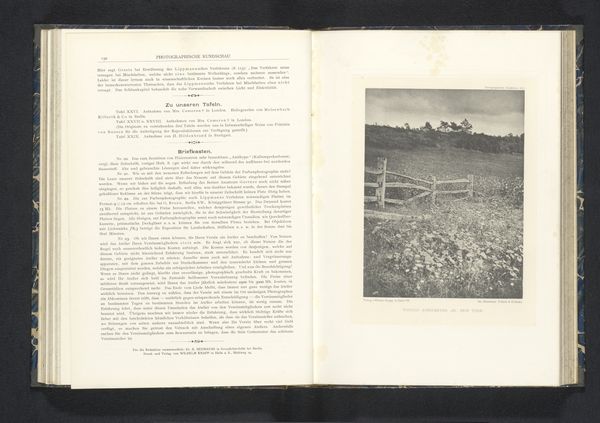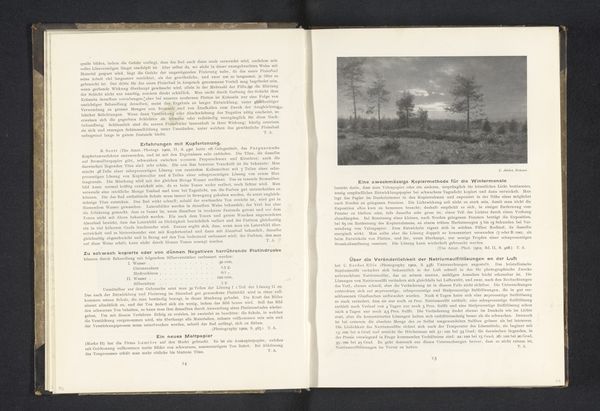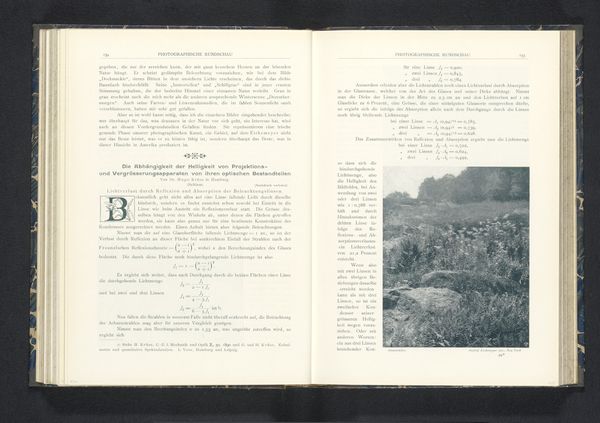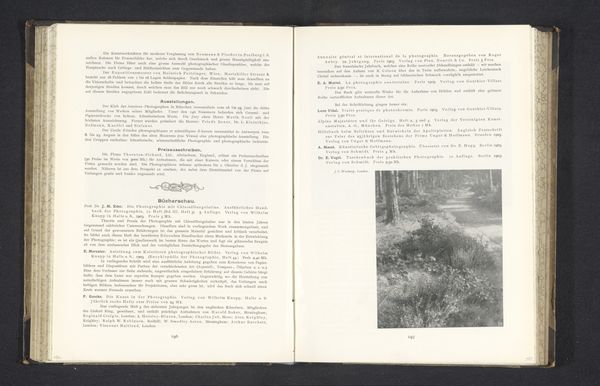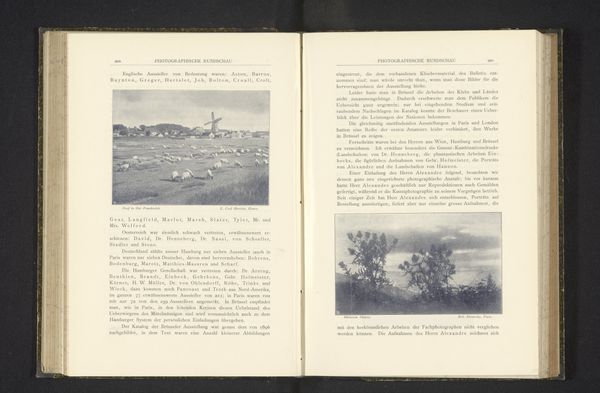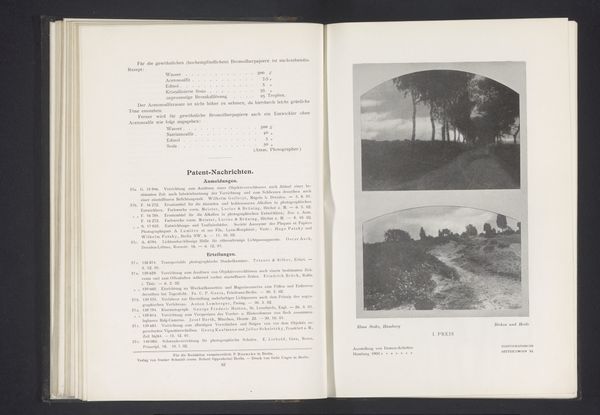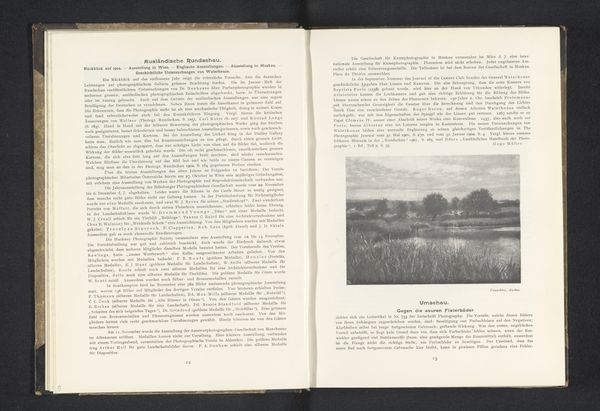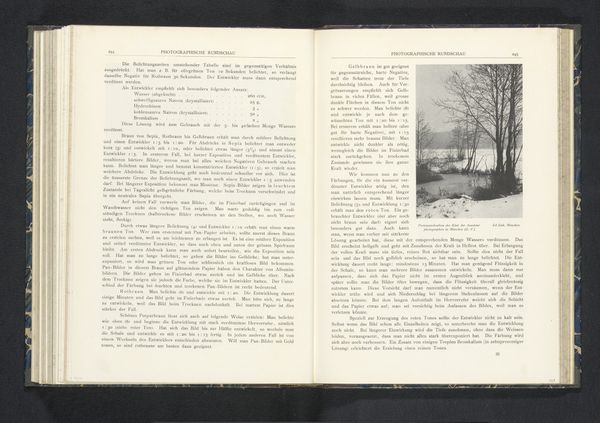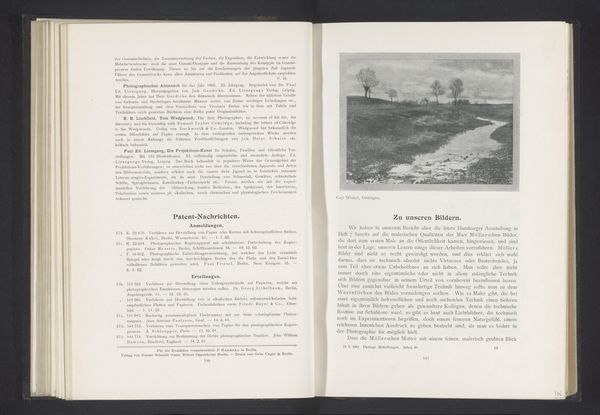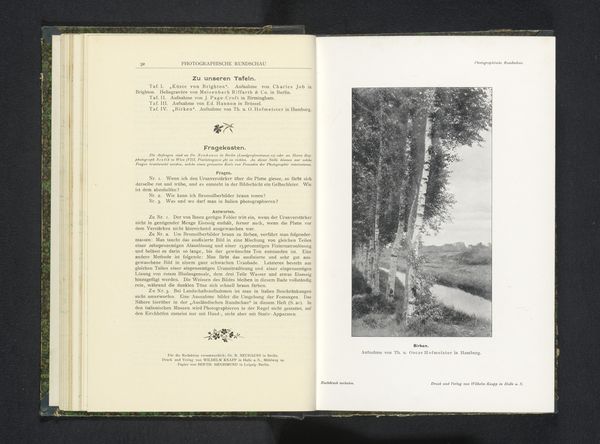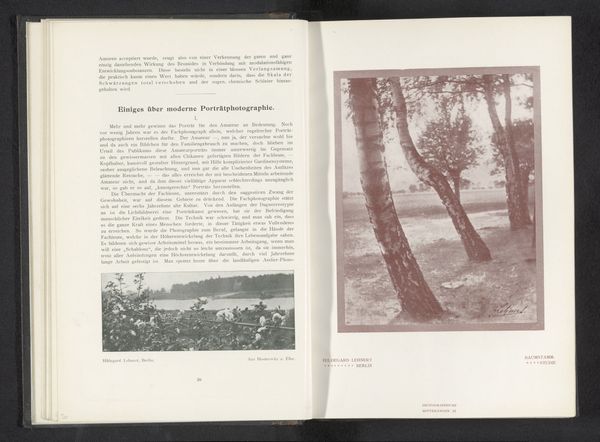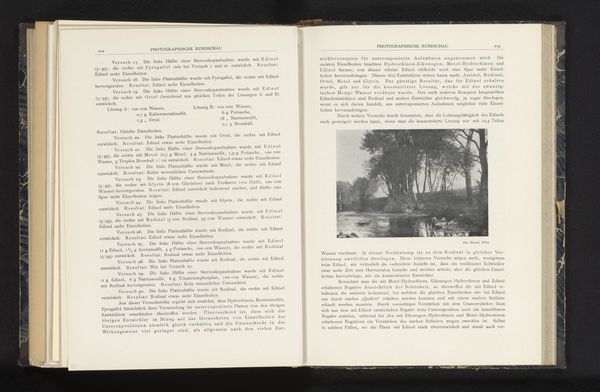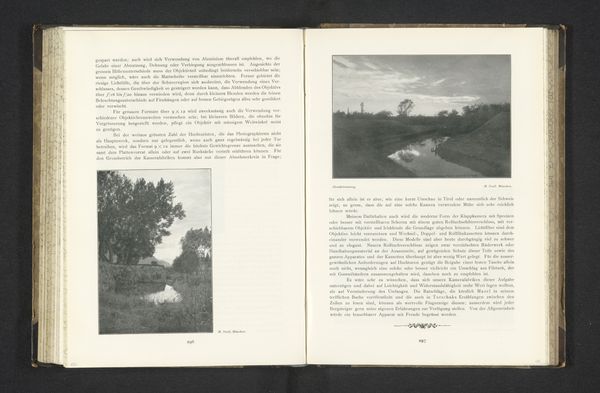
print, photography, gelatin-silver-print
# print
#
landscape
#
photography
#
gelatin-silver-print
Dimensions: height 133 mm, width 135 mm
Copyright: Rijks Museum: Open Domain
Editor: Here we have Bruno Wiehr's "Landschap met bomen," a gelatin-silver print from before 1903. The composition feels so still and quiet, a serene scene depicted through varying shades of grey. It’s lovely but perhaps deceptively simple. What cultural significance might a scene like this hold? Curator: It's tempting to see simple nature scenes as universal, but let's consider the context. Landscape, as a genre, often carries strong cultural and even political weight. How does this image, created before the upheavals of the 20th century, speak to ideas of homeland, national identity, perhaps even a yearning for a pre-industrial past? Consider, too, the rising popularity of photography at this time— what did it mean to capture a landscape photographically versus painting it? Editor: I didn't think of it in terms of national identity... The slightly hazy, soft focus does create a certain idyllic, nostalgic feel, doesn’t it? Like a memory, rather than a sharp reality. Curator: Precisely. The use of soft focus wasn't just an aesthetic choice; it's about memory, and suggesting emotional truth rather than clinical observation. These photographs gave a tangible and accessible language for an expanding, rapidly-changing, urbanized audience to reflect on the disappearing nature of things that were still valued. Editor: That's a fascinating connection! It’s a potent reminder of how art, even seemingly simple landscape scenes, can tap into powerful cultural currents and feelings. Curator: Indeed. Artworks are documents, but more importantly they are reflections, constantly negotiating and renegotiating the image we project about ourselves, about culture.
Comments
No comments
Be the first to comment and join the conversation on the ultimate creative platform.
